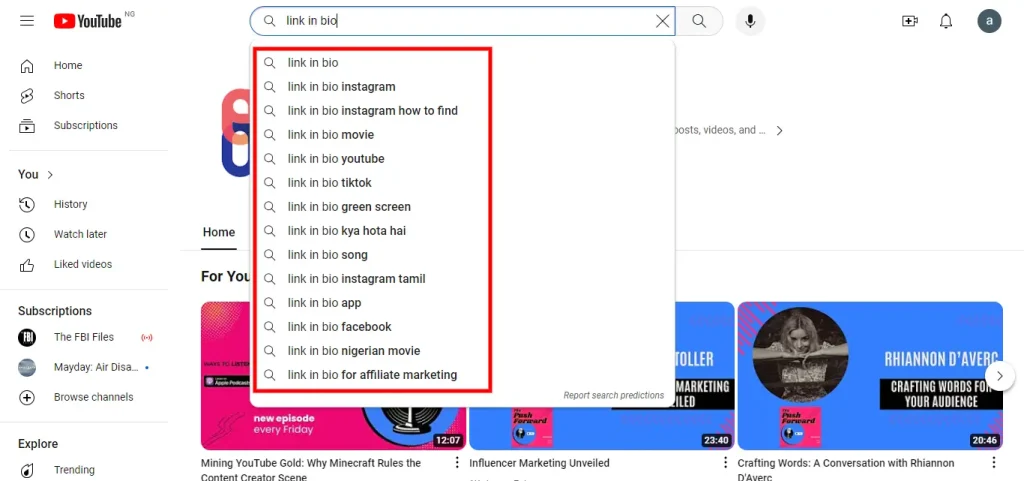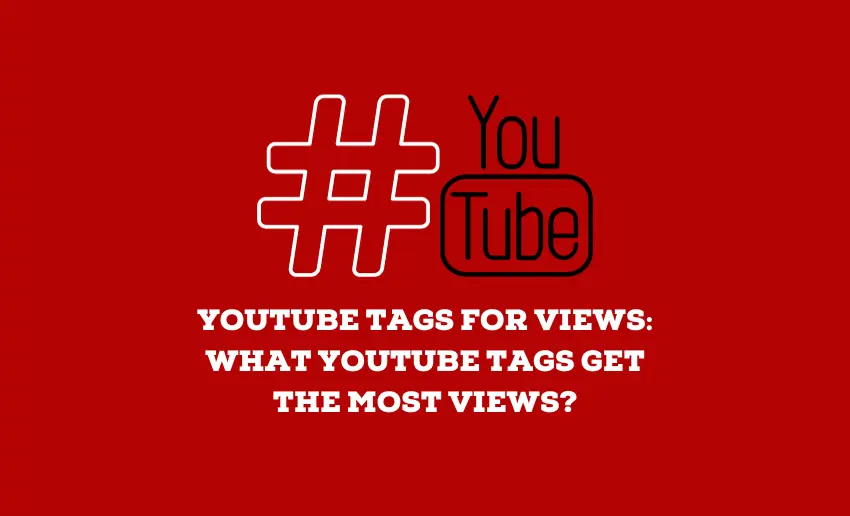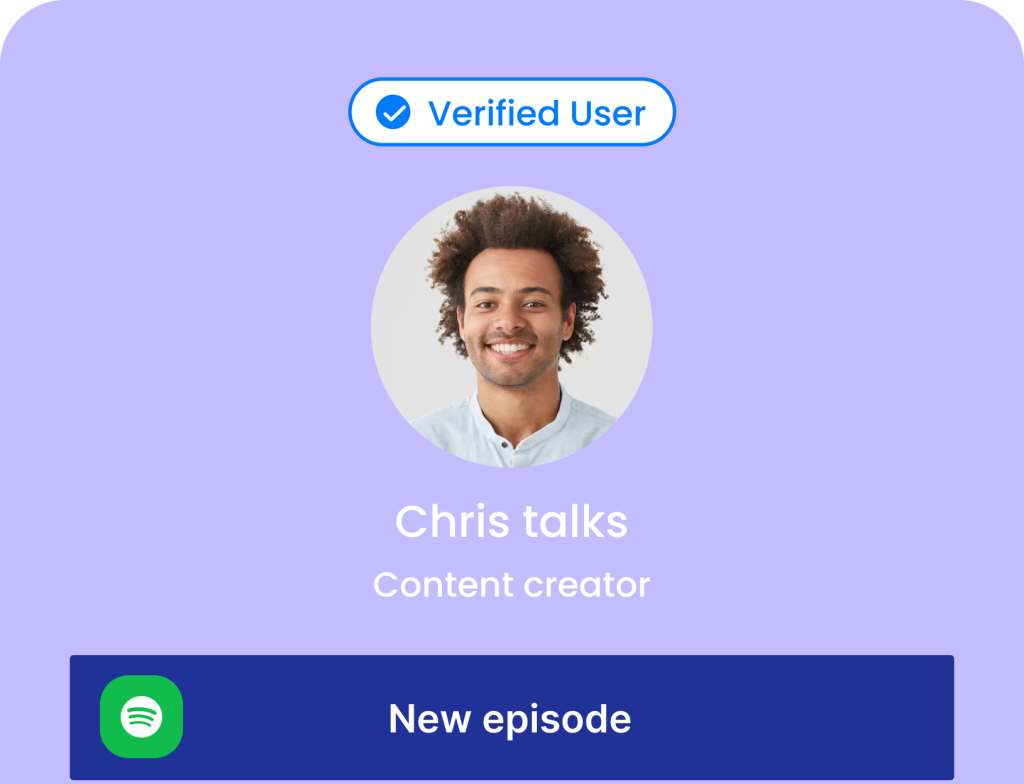YouTube tags are descriptive keywords or phrases that creators assign to their videos. These tags serve as digital markers, providing context to YouTube’s algorithm about the content of a video. Their primary role lies in enhancing video searchability and aiding in its discovery by potential viewers.
However, not all tags are created equal. Some possess the elusive magic that attracts eyeballs by the thousands, while others languish in obscurity. The question remains: can YouTube tags can draw in the most views? If so, what are the best YouTube tags for views?
Understanding this puzzle unlocks a treasure trove of opportunities for content creators. This can be the difference between losing your video in the abyss or shining brightly on the screens of eager audiences.
Determining specific YouTube tags that consistently guarantee the most views isn’t straightforward. The effectiveness of tags can vary widely based on factors like content type, audience, trends, and competition.
However, several types of tags tend to perform well in garnering views:
- Descriptive Tags: Specific keywords directly related to the video’s content often attract views. These include terms that precisely define what the video is about, aiding in search relevance.
- Trending Tags: Using tags related to current trends, events, or popular topics can capitalize on heightened interest and increase visibility.
- Branded Tags: Tags associated with recognized brands, products, or personalities can draw viewers’ interest in those entities.
- Long-Tail Keywords: Longer, more specific tags or phrases can attract niche audiences interested in particular aspects of your content.
- Competitor-Related Tags: Using tags related to content similar to yours can position your video in the same viewing trajectory as successful competitors.
However, the effectiveness of tags also relies on how well they align with your video’s content. Using misleading or irrelevant tags can negatively impact your video’s performance and may lead to lower engagement or even penalties.
Before now, most creators on YouTube often employed guesswork to add tags to their content. Today, there are dozens of tools to help you find the perfect YouTube tags for your videos.
1. Using YouTube Auto-suggest
One of the fastest ways of getting YouTube tags is by using the YouTube auto-suggest feature. This pops up after entering a term into the search bar on YouTube. The benefit of this is that creators can access relevant terms audiences are searching for and refine this to create tags that match their content.

Also, typing the “#” symbol into the search bar on the platform is a simple trick that leads you to the most frequently searched hashtags. These trending hashtags might be key to boosting your video’s discoverability.
Once you’re in this hashtag goldmine, take a moment to scan through. Look for any that could potentially fit or enhance your videos. Using these popular hashtags can significantly improve your chances of being discovered by a larger audience on the platform.
2. Check out trending and competitor videos
Looking at videos already doing well can give you a head start in shaping your YouTube hashtag strategy. When a video is ranking high, it can mean that the hashtags it uses are making an impact. This means using those same hashtags could boost the visibility of your content.
Your main competitors are a goldmine for discovering effective YouTube hashtags. Firstly, they’re already into the same topics as you. They likely have numerous videos that have also racked up significant views and engagement. Your task is to uncover the hashtags they’ve used for these high-performing videos and adapt them to your content.
3. Using research tools and AI
While the above methods are fast and simple, they don’t always produce the best results. To find effective tags for your YouTube content, follow these proven steps, which I’ve used for hundreds of videos:
1. Starting with Tools:
- TubeBuddy and Keywords Everywhere: Install these free Chrome extensions to help with tag research.
- ChatGPT: Use this tool for unique tag suggestions others might not provide.
2. Using TubeBuddy for Tag Insights:
- Access tags used by top-ranking videos in your niche.
- Identify and copy tags that fit your video’s topic to a notepad.
3. Leveraging Keywords Everywhere:
- Keywords Everywhere provides insights into commonly used tags for specific keywords.
- Copy and paste these tags to expand your list.
4. Discovering Tags with ChatGPT:
- ChatGPT offers unique and varied tag suggestions for your video topics.
- Copy these suggestions to your notepad alongside other gathered tags.
5. Refining Your Tag List:
- Review each tag’s relevance to your video content.
- Remove overly broad tags that might not accurately represent your video.
6. Adding Long-Tail Keywords:
- Check for long-tail keyword suggestions related to your video’s topic.
- Add these specifics to your growing list of tags.
7. Using SearchVolume.io for Search Volume Insights:
- Paste your tag list into SearchVolume.io to see average monthly searches.
- Pick tags with higher search volume that closely relate to your video.
8. Finalizing Your Tag Selection:
- Prioritize tags directly relevant to your video’s content.
- Aim for tags that combine high search volume with relevance to maximize visibility.
Another benefit of using this method is that it lets you identify high-search, relevant tags for future video ideas, making it easy to incorporate them into your content planning.
YouTube’s algorithm is a sophisticated system designed to match viewer intent with the most relevant and engaging content available on the platform. Tags play a pivotal role in this process by providing crucial context and metadata that help the algorithm better understand the content of a video.
Here’s how tags aid YouTube’s algorithm:
1. Content contextualization
Tags act as digital labels, indicating the core topics, themes, or subjects covered within a video. They provide cues to the algorithm about the specific content and ensure that the video is appropriately categorized.
2. Improved searchability
Tags help videos appear in search results when users look for related topics or keywords. They establish connections between user-entered search queries and the content creators’ offerings, increasing match chances.
3. Recommendation system
Tags contribute to YouTube’s ability to suggest relevant videos to users based on their viewing history, preferences, and current video interactions. By analyzing tags, the algorithm can propose videos with similar tags or themes to users, improving user experience and engagement.
4. Audience targeting
Tags assist in aligning content with specific audience interests, allowing the algorithm to deliver videos to the most relevant viewers. They aid in identifying niche or specialized content, catering to more specific viewer preferences.
5. Algorithmic learning and optimization
The algorithm gathers data on video performance concerning tags, refining its understanding of viewer behavior and content relevance. Over time, the algorithm learns from user interactions with tagged content, continuously refining its recommendations and search results.
6 Best practices for YouTube tag optimization
1. Be specific and relevant
When selecting tags, aim for keywords directly related to your video content. Choose terms that precisely describe what your video covers. Being specific ensures that your video is accurately categorized and helps the algorithm match it with user search queries. For instance, if your video is about “DIY home organization tips,” use tags like “home organization hacks,” “DIY storage solutions,” or “decluttering tips.” This specificity aids in attracting viewers interested in your video’s exact topic.
2. Incorporate long-tail keywords
Include longer, more detailed phrases or keywords, known as long-tail keywords, in your tags. These longer tags cater to niche audiences looking for specific information. For example, if your video covers “easy vegan recipes,” consider tags like “quick vegan meal ideas” or “simple plant-based dishes.” Long-tail tags often have less competition, making it easier for your video to stand out among similar content.
3. Avoid misleading tags
Ensure your tags accurately represent your video content. Avoid using misleading or unrelated tags to attract views. Misleading tags can harm your video’s performance, leading to lower engagement and negatively impacting your channel’s credibility. Authenticity and relevance in your tags contribute to building a loyal audience interested in your genuine content.
4. Leverage variations and synonyms
Include variations and synonyms of your primary keywords in your tag selection. This strategy widens your video’s search potential, ensuring it’s discoverable even if users use slightly different terms to search for similar content. For example, if your video is about “fitness workouts,” consider including tags like “exercise routines,” “workout plans,” or “fitness training.”
5. Regularly update and refine tags
Continuously assess the performance of your videos and their corresponding tags. Update and refine your tag selection based on performance data and changes in trends or audience preferences. Evolving your tag strategy ensures your videos remain relevant and optimized for current search trends, maximizing their visibility over time.
6. Experiment and test tag combinations
Don’t shy away from experimenting with different tag combinations. Test varying tag combinations to identify the ones yielding the best results for your content. Experimentation lets you understand which tags resonate most with your audience, leading to improved discoverability and increased video views.
What’s the most popular YouTube tag?
Determining the most popular YouTube tag can be challenging as tag popularity fluctuates based on trends, seasons, and the content’s category. However, some tags consistently garner significant attention across various content types.
Some of the most popular YouTube tags include #youtubecontent, #newvideo, #subscribe, #youtubevideo, #youtuber, #youtubechannel, and #youtube.
In the end
YouTube tags stand as powerful tools for shaping the destiny of your videos. They act as guiding beacons, steering your content towards visibility amidst the ocean of videos on the platform. The strategic selection of YouTube tags directly impacts your video’s discoverability and viewership. While tags are a pivotal piece of the puzzle, they work in synergy with other elements like titles, descriptions, and content quality to drive views and engagement.








